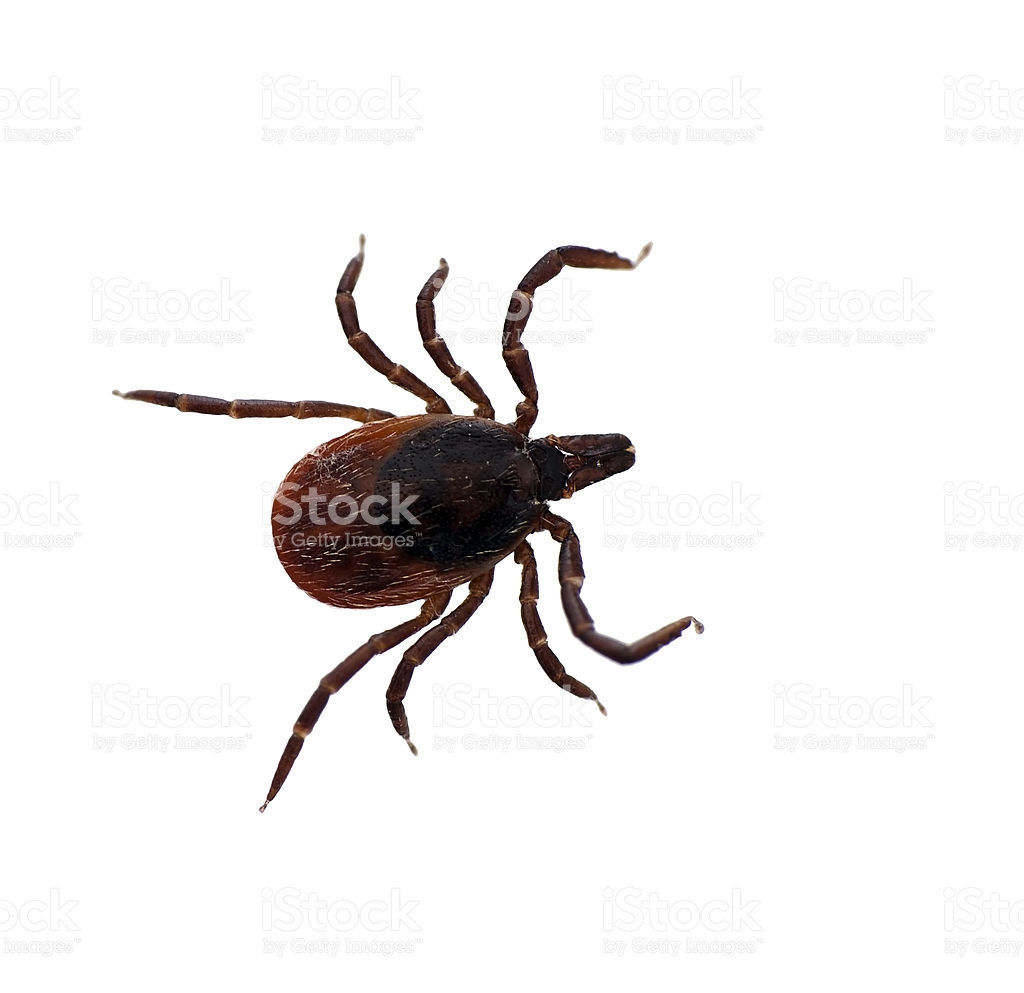
Olivia Pellegrini
When faced with a tick on a woodsy stroll or even just a step in the wrong direction, it’s common enough to feel wary of lyme– the tick isn’t the only thing to get rid of! But what is the extent to which we know what we are dealing with? Dr. Adam Breiner, medical director or The NeuroEdge Brain Performance Center, shares some innovative scientific efforts, in terms of diagnosing and treating the effects of Lyme disease.
Breiner explains that the ailment’s symptoms often go under the radar: in some cases a rash may not manifest, and other symptoms may vary and lead to superfluous diagnoses with symptoms ranging from somatic to neurological. With this as background, the Naturopathic doctor recommends the use of natural therapies to remove toxins in hopes of restoring health. Those seeking to treat an infection can turn to the following:
- Botanical Medicine: Antimicrobial herbs can kill Borrelia burgdorferi, the viruses’ bacterial source, along with associated viruses. Breiner puts forth the scientifically-based notion that herbs, when implemented correctly can harm certain bacteria while ensuring no real harm to people. It’s also been proven to be more tolerable than their antibiotic counterparts as the immune system is less likely to reject the herbs. The ailed can use the phytochemical to effectively take their health into their own hands.
- Hyperbaric Oxygen Therapy (HBOT): This treatment thoroughly rids the patient of Borrelia burgdorferi. One study found that the majority of those infected with Lyme experienced improvements of symptoms, some achieving total remission. In the process of treatment, the infected is placed inside a chamber with complete oxygen concentration and almost doubled atmospheric pressure entering the bloodstream and cerebral spinal fluid. The anaerobic bacteria perish when subjected to oxygen and associated hyperbaric pressures. If supplemented with herbal remedies and/or antibiotics, chances are the virus will be completely extinguished. If not, Dr. Breiner notes that HBOT’s anti-inflammatory effects can typically “bring healing and resolution to many of the inflammatory side effects of Lyme disease, such as brain fog and other neurological impairments.”
- EEG Neurofeedback: An electroencephalogram or EEG will measure brain functioning with accuracy. Meanwhile, a software providing audible or visual rewards as neurofeedback will prompt optimal brain wave patterns. This re-patterning helps treat the “brain fog” patients refer to. Sometimes these protocols help boos the immune system further, with the brain enhancing certain executive functioning.
- Diet: Because remedies like nutritional intervention can vary from each patient’s needs, a patient will typically want to get a blood test or hair analysis. This tells them which nutrients their system could use more of in their diet, not to mention how they best metabolize foods. Primarily, they’ll have a diet or dietary supplements that will not cause inflammation, nor depletion of oxygen and nutrients. Generally speaking, patients benefit from a low-glycemic and antioxidant-rich diet involving fresh organic produce. If a patient can get tested for hidden food allergies and sensitivities, all the better; gluten can often add to inflammation.
- Homeopathic medicines: Eliminating toxins seems like an urgent matter: partially because it is. When using a gentler cure like a homeopathic remedy, one is informing the body to wake itself up, addressing pathogens by route of inherent immune responses. Dr. Breiner emphasizes individual treatment, which may in fact be updated on later visits as the disease progresses in one form or another.
- Acupuncture: Qi, electromagnetic energy flow involved within traditional Chinese philosophy and medicine, is believed to balance the body. A person can level their Qi, Breiner says, by tapping into acupuncture points where points of “energetic meridians” or rivers flow to the point of welling up. Lyme is thought to create energetic blockages to the head, enabling headaches and brain fog. Conversely, rapidly dying bacteria may exit the body less readily, which acupuncture helps counteract.
Breiner encourages suspecting patients to be proactive. The epidemic is difficult to diagnose, grapple with, and treat, and that’s all the more reason to check the boxes and rid those toxins. For more information on Dr. Adam Breiner’s work at NeuroEdge and associated studies, visit www.theneuroedge.com
or www.wholebodymed.com. Appointments can be made at (203) 371-8258.





